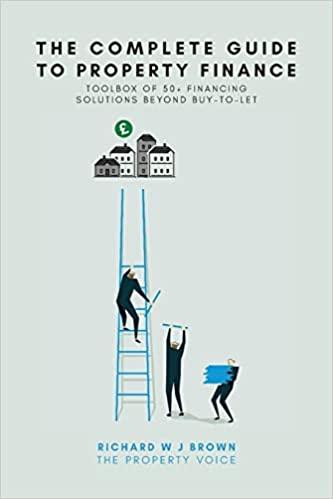Question
2. Consider the following cash flow [-100, + 230, -132]. We want to decide under what range of discount rate this is an advantageous investment.
2. Consider the following cash flow [-100, + 230, -132]. We want to decide under what range of discount rate this is an advantageous investment. But noting the change in sign, we conclude IRR is not a suitable instrument. (10 marks)
a. Write the expression for NPV using the unknown r as discount rate. NPV = -100 + 230/(1+r)1+(-132)/(1+r)2
b. Write this expression as a function of [1/(1+r)].
c. Show that the expression in (b) as a quadratic equation. Look this up if necessary.
d. Solve the quadratic equation for its two roots.
e. Prepare a table of NPV vs. r for r= 0,10,20,40,100%. r NPV 0 -$2.00 0.1 -$0.00 0.2 $0.00 0.4 -$2.19 1 -$9.00
f. Draw the graph of NVP vs. r.
g. Under what range of r values is this an acceptable investment? Between 0 and 10%
h. Noting that NPV increases then declines as r grows from 0 to 40%, determine at what level of r NPV is a maximum (recall that d(NPV)/ds = 0, where NPV is a maximum). If you have sufficient background, solve this using calculus. If not, graphically find the top of the NPV hill (where slope = 0). What is the maximum value of NPV?
(There is one bonus point for the correct answer using calculus).
Step by Step Solution
There are 3 Steps involved in it
Step: 1

Get Instant Access to Expert-Tailored Solutions
See step-by-step solutions with expert insights and AI powered tools for academic success
Step: 2

Step: 3

Ace Your Homework with AI
Get the answers you need in no time with our AI-driven, step-by-step assistance
Get Started


